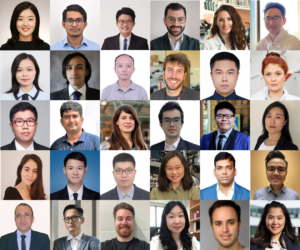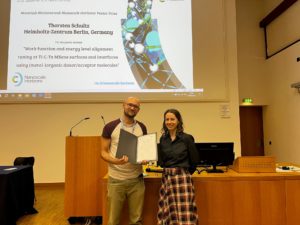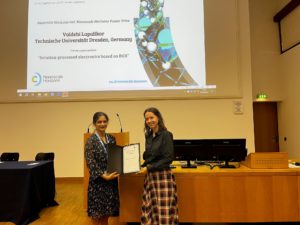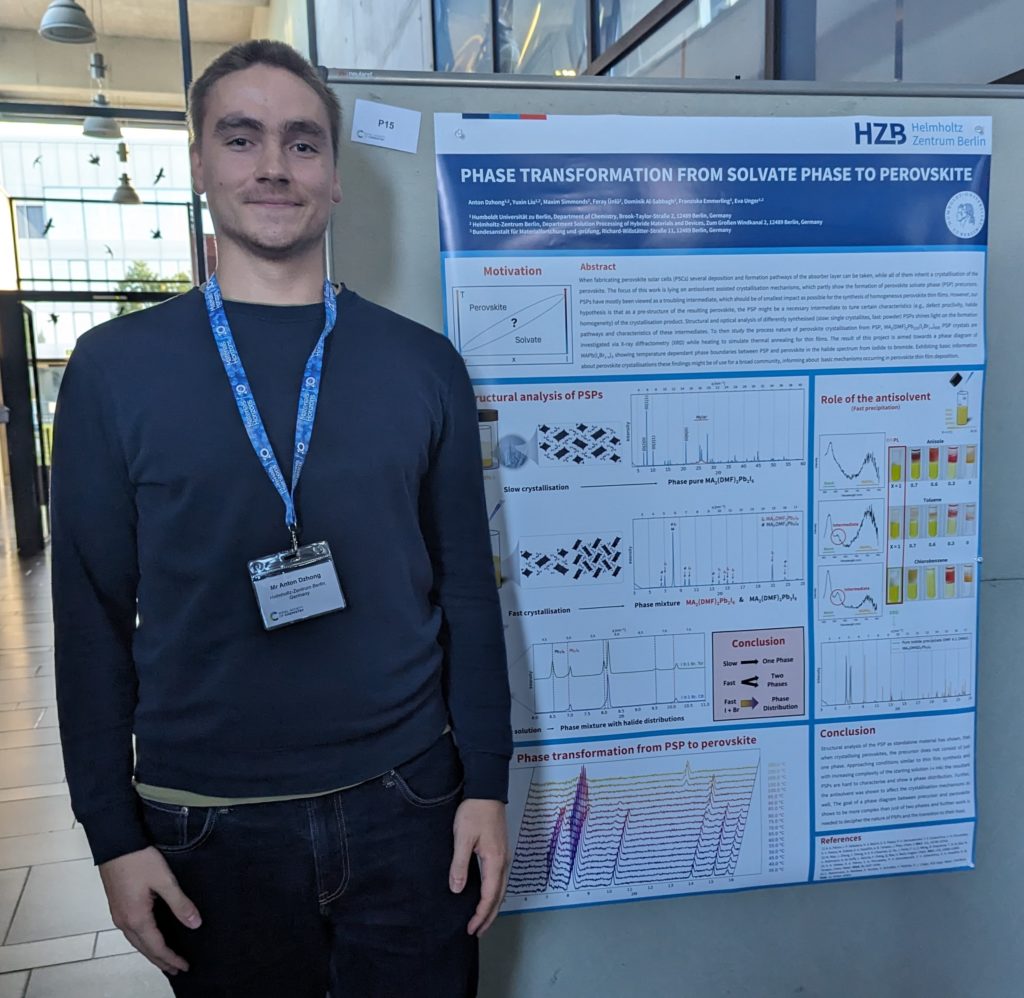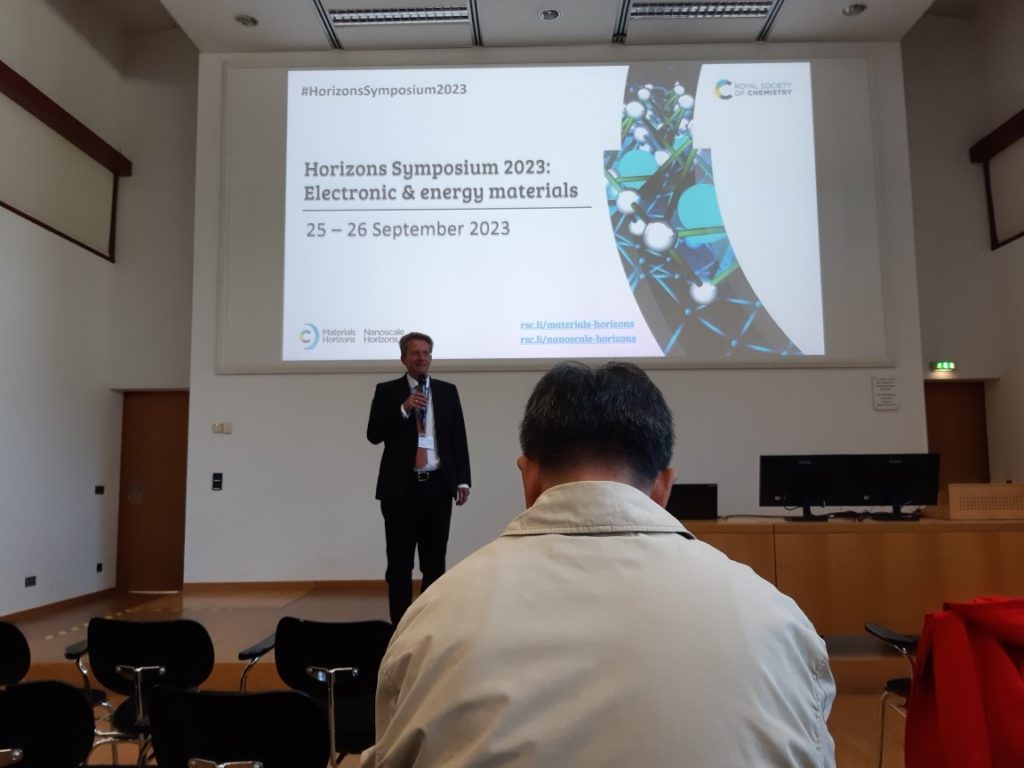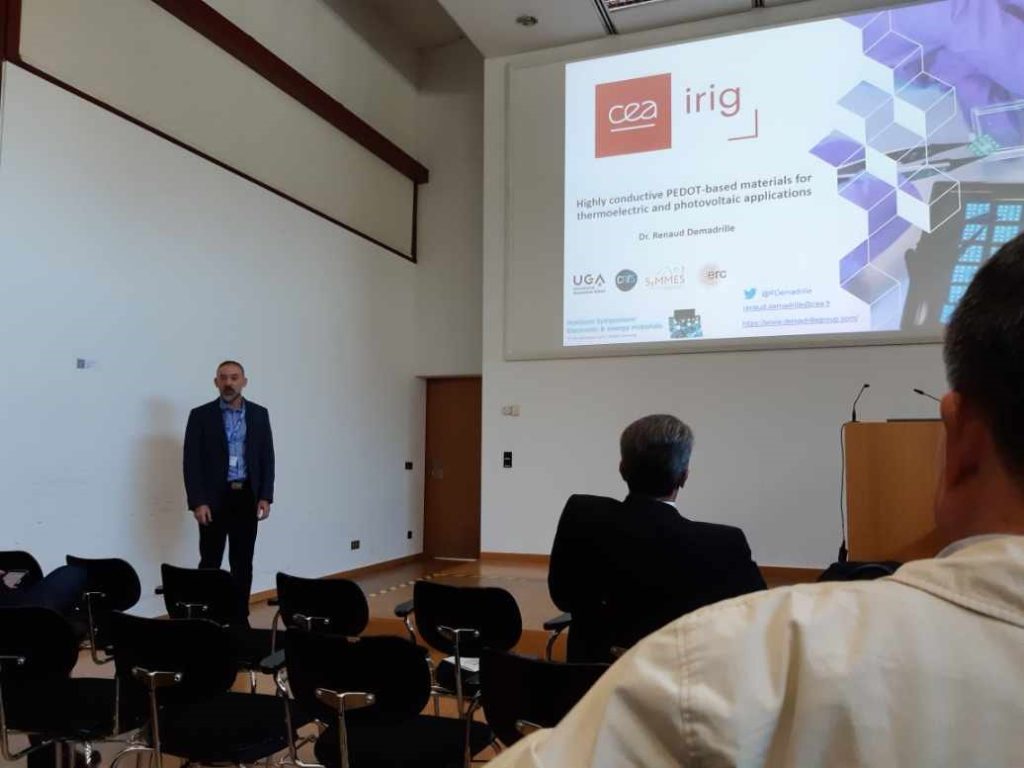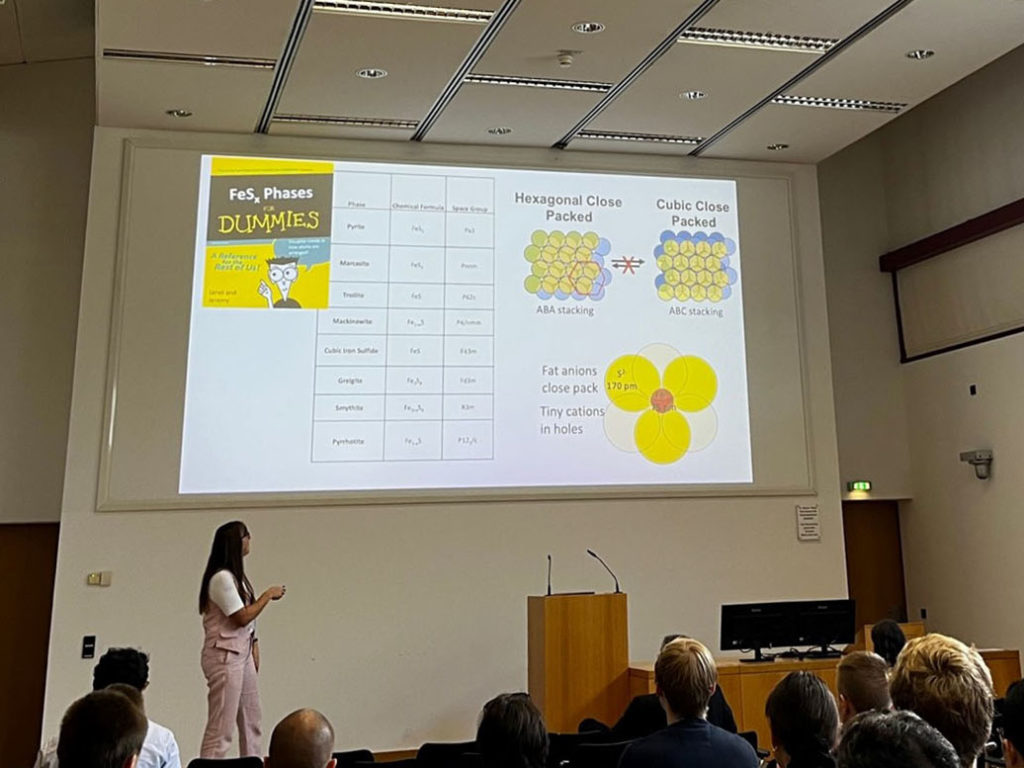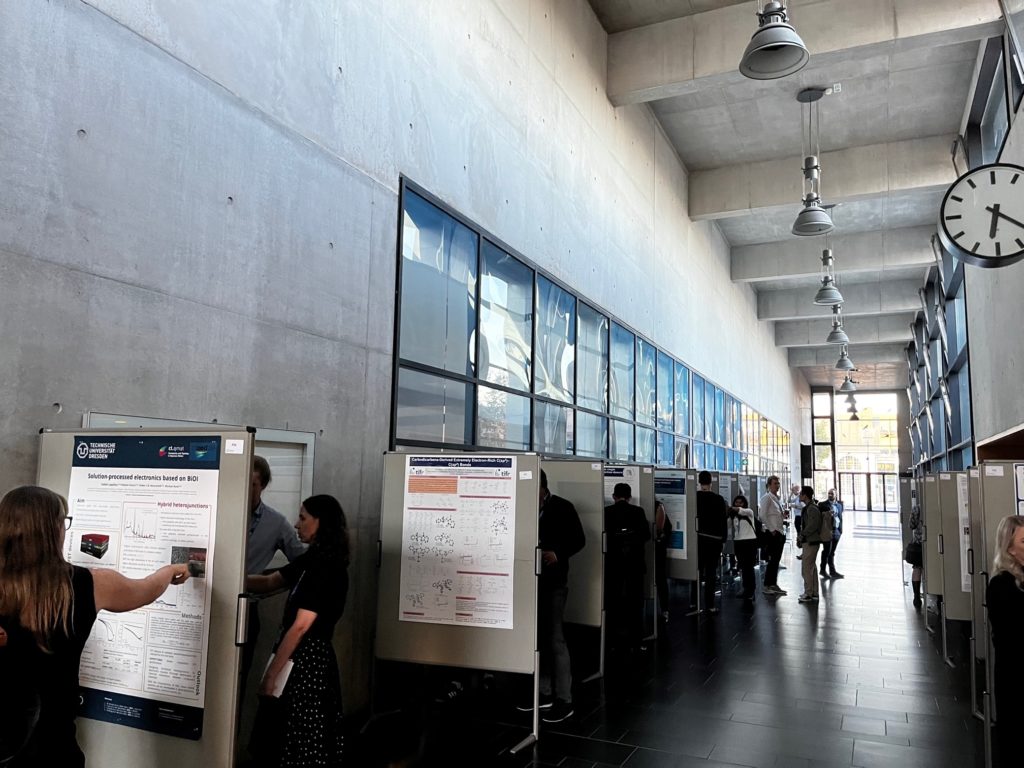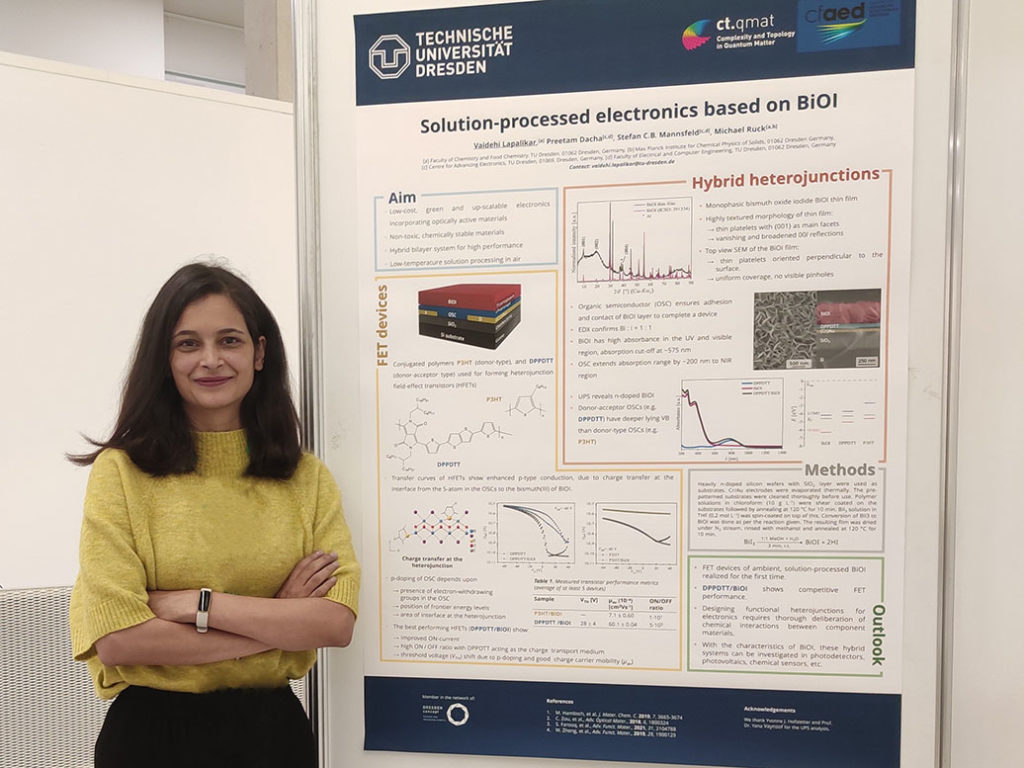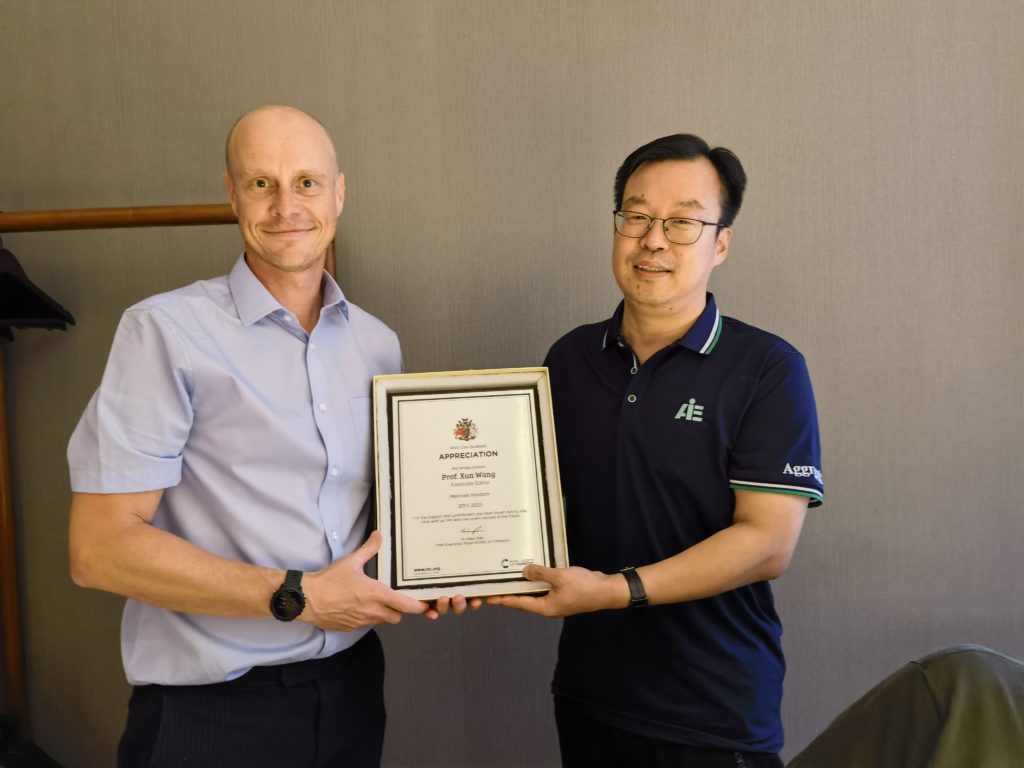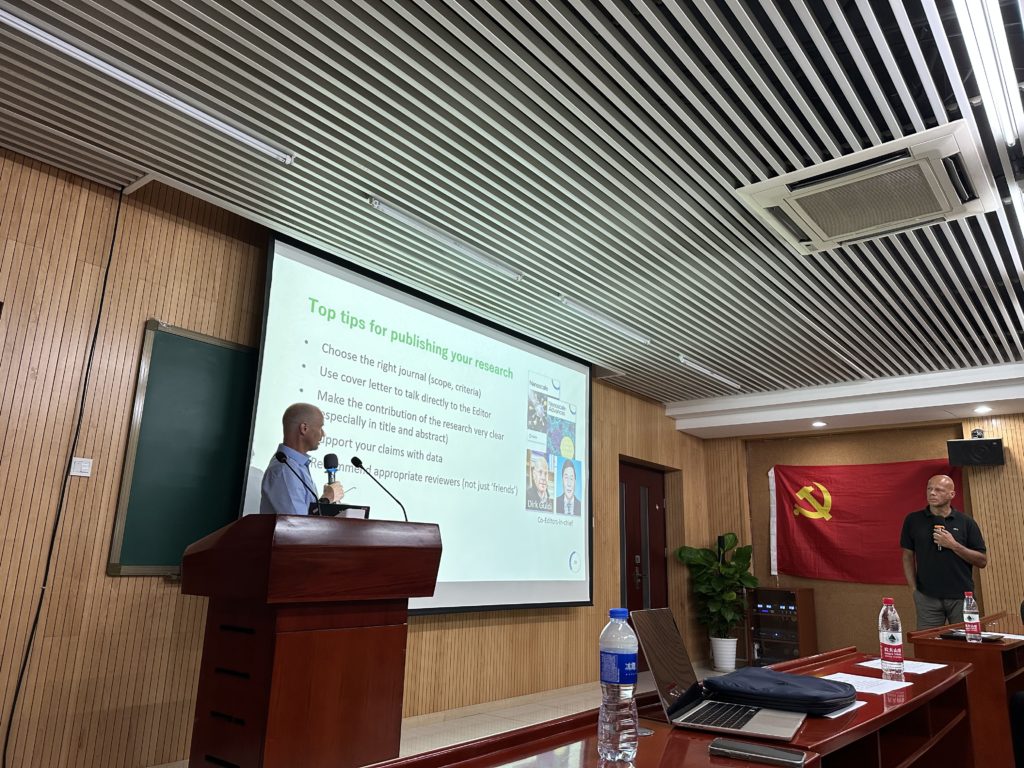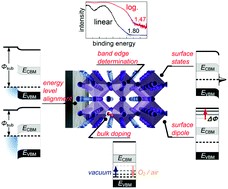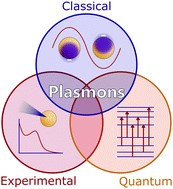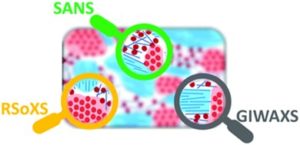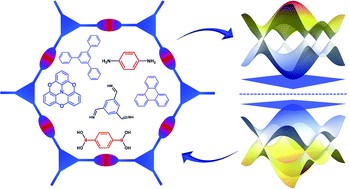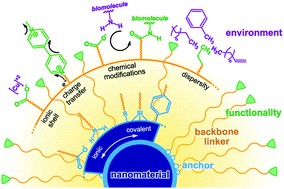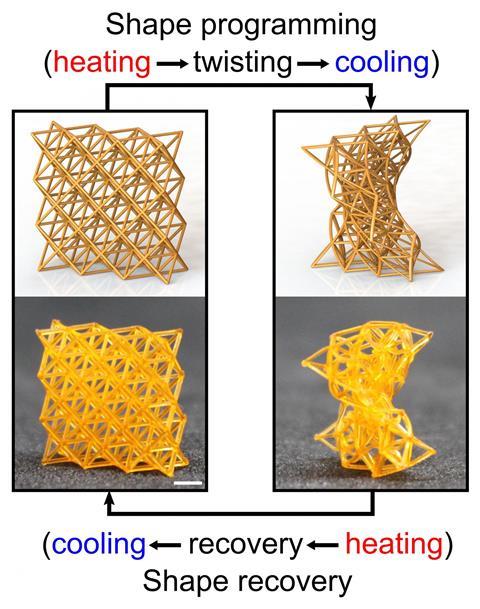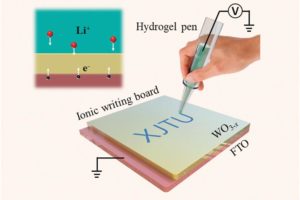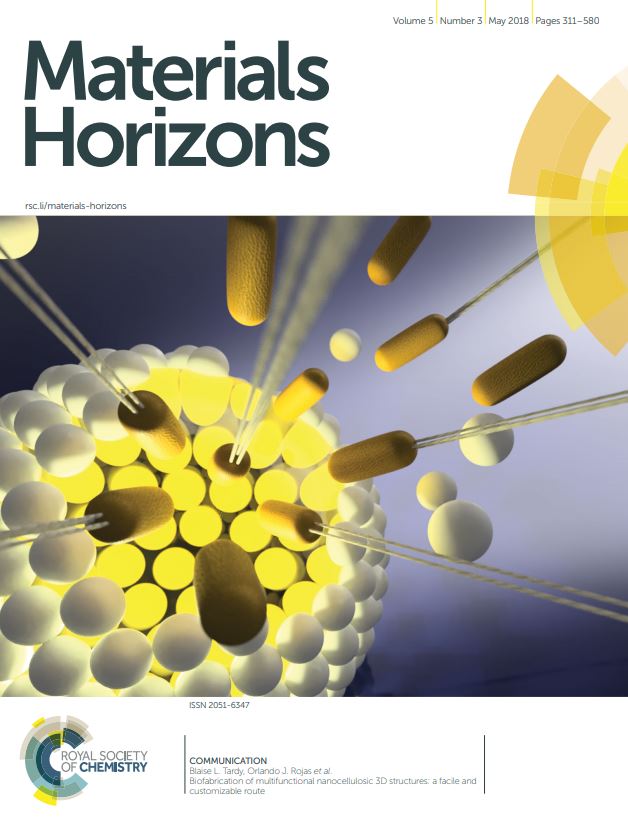Join us in welcoming our new Materials Horizons Community Board members
The Materials Horizons Community Board provide an invaluable link between the editorial office and emerging chemistry, they are our eyes and ears on the ground, allowing us to better connect with other early-career researchers. Since its inception in 2014, we have enjoyed working together with these board members to facilitate student, postdoctoral and early-career researcher engagement, through symposia support, journal clubs, webinars, special article collections and many other activities.
Over the summer, we requested nominations from the materials chemistry academic community and were thrilled with the high calibre of candidates nominated. We are delighted to share our 30 new appointees with you who, together with continuing members, make up a Materials Horizons Community Board of 50 international researchers at different stages of their early careers, ranging from PhD candidates to Professors.
Please join us in welcoming our 30 new Community Board members:
- Minah Lee, Korea Institute of Science & Technology, South Korea
- Subhajit Pal, University of California, Berkeley, USA
- Fang-Cheng Liang, National University of Singapore, Singapore
- Kostas Parkatzidis, ETH Zurich, Switzerland
- Kelsey DeFrates, University of California, Berkeley, USA
- Haegyum Kim, Lawrence Berkeley National Laboratory, USA
- Jing Xie, Sichuan University, China
- Raul Marquez-Montes, The University of Texas, USA
- Wen Shi, Sun Yat-sen University, China
- Valerio Piazza, Ecole Polytechnique Federale de Lausanne, Switzerland
- Shaohua Zhang, Radboud University, Netherlands
- Olga Guselnikova, National Institute for Materials Science, Japan
- Qiaobao Zhang, Xiamen University, China
- Shiv Singh, CSIR – Advanced Materials and Processes Research Institute, India
- Anna Stejekalova, Harvard University, USA
- Shahid Zaman, Université du Québec à Trois-Rivières, Canada
- Felix Utama Kosasih, Nanyang Technological University, Singapore
- Xiaojuan Ni, The University of Arizona, USA
- Danila Merino, Polymat Institute, UPV/EHU, Spain
- Yunmao Zhang, Xiamen University, China
- Xianbiao Fu, Technical University of Denmark, Denmark
- Ruijuan Xu, North Carolina State University, USA
- Shyamapada Nandi, Vellore Institute of Technology Chennai, India
- Edison Ang Huixiang, Nanyang Technological University, Singapore
- Hassan Abdellatif, Cairo University, Egypt
- Guanjie He, University College London, UK
- Josh Bailey, Queen’s University Belfast, Northern Ireland
- Jieun Yang, Kyung Hee University, South Korea
- Raffaello Mazzaro, University of Bologna, Italy
- Ivana Qianqi Lin, University of Twente, Netherlands
Discover the full Community Board
You can keep up to date with the activities of our Community Board members on our blog. Our companion journal Nanoscale Horizons has also welcomed new members to their community board, and you can find out more about their new members on their blog. We will be highlighting the members of our Community Board over the coming months in a series of interviews and look forward to sharing these with you soon.


